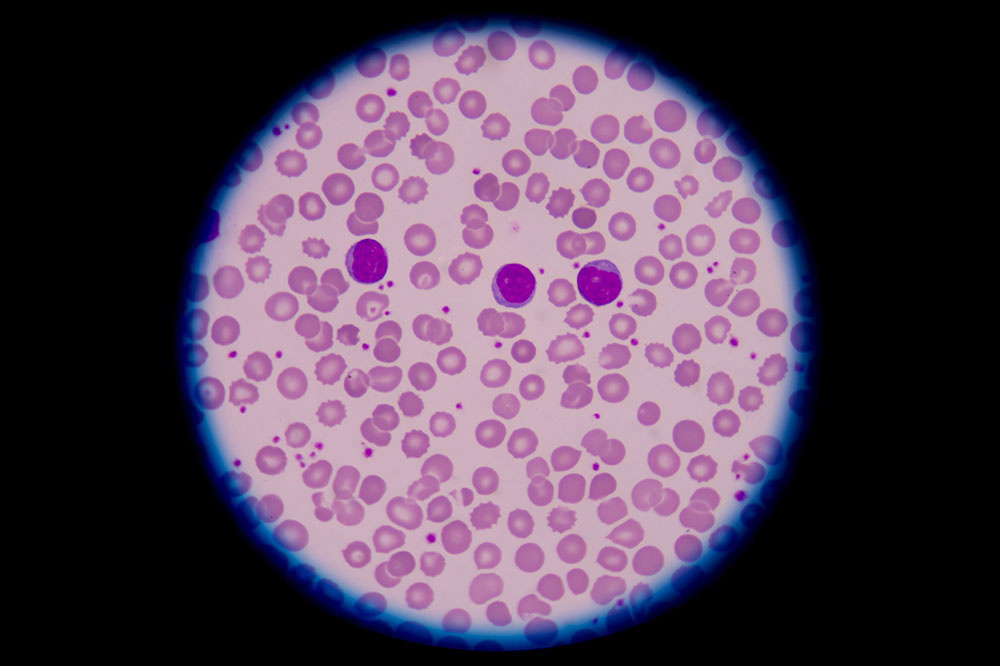Essential Insights into Canine Hematological Conditions
Discover essential information about canine blood disorders, including anemia, coagulation issues, platelet problems, and leukopenia. Learn how these conditions affect dogs and the importance of prompt veterinary care. This comprehensive guide helps pet owners recognize symptoms and understand treatment options for maintaining canine health.

Understanding Canine Hematologic Disorders
Hematologic issues in dogs can be hereditary or acquired due to health complications like infections, tumors, or bacterial invasions.
Similar to humans, a dog's blood comprises blood cells, plasma, and platelets. Deficiencies or abnormalities in these components can cause serious health problems, sometimes life-threatening.
Here are notable blood conditions to be aware of:
Anemia
A prevalent disorder where reduced blood circulation affects the whole or part of the body. Various factors cause anemia.
It may result from parasitic infestations or excessive bleeding. Types include regenerative anemia, caused by heavy blood loss and tissue destruction, often treatable with medications or transfusions. Non-regenerative anemia involves permanent blood cell defects, often due to cancer or bone marrow issues, and can be costly to manage, especially in breeds like spaniels.
Coagulation Problems
Common in puppies, these disorders stem from deficiencies in clotting factors, such as abnormal thrombin. They can result from viral or bacterial infections, toxins, heat stress, or tumors, leading to severe bleeding or lifelong anemia.
Platelet Abnormalities
Also called thrombocytopenia, this condition involves a deficiency in platelets caused by Ehrlichial disease or medication side effects like sulfonamides or estrogen. It results in impaired blood clotting.
Leukopenia
This refers to an increased white blood cell count, often during infections, signaling an immune response. Conversely, leukocytosis indicates decreased WBCs, which can also result from viral or bacterial illnesses.
Prompt veterinary consultation is crucial if symptoms such as bleeding, pale gums, weakness, or blood in stools appear. A veterinarian can diagnose and recommend appropriate treatment options.










